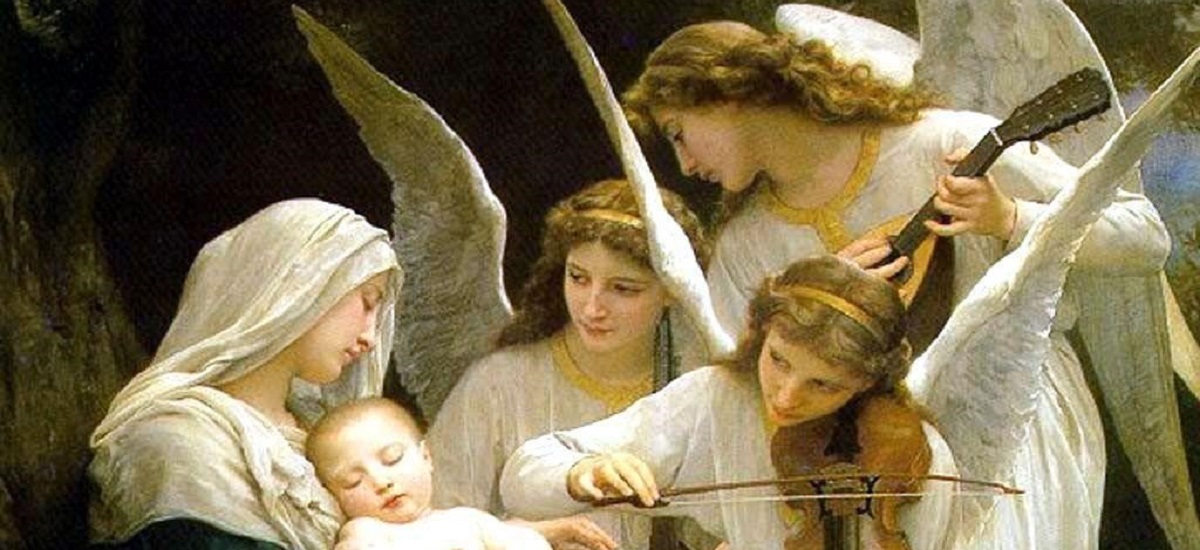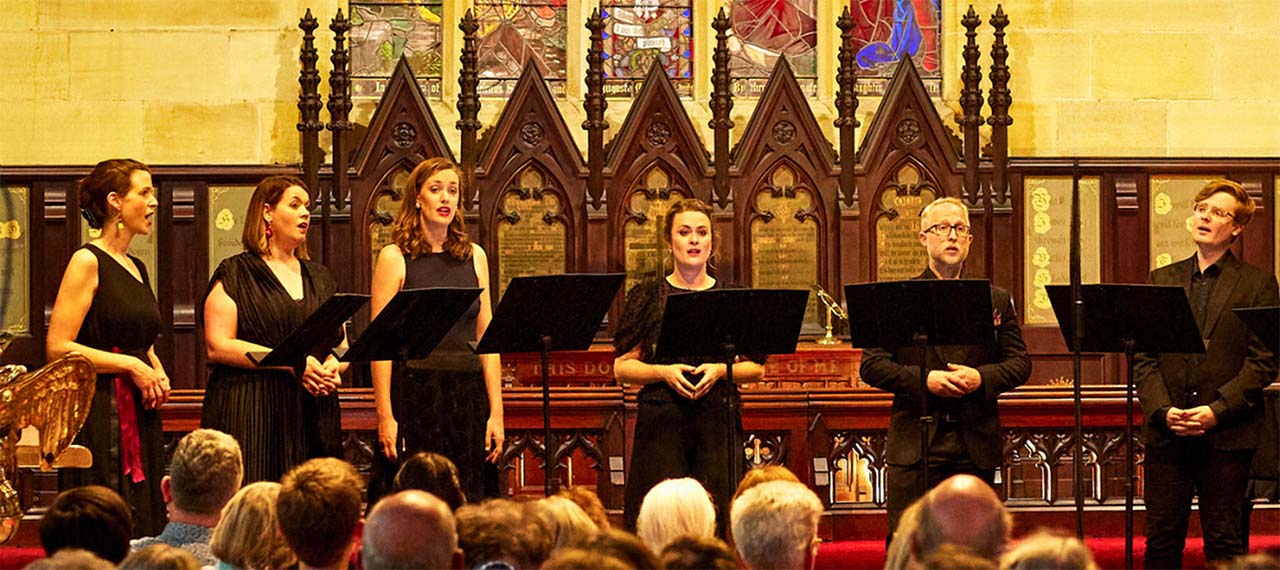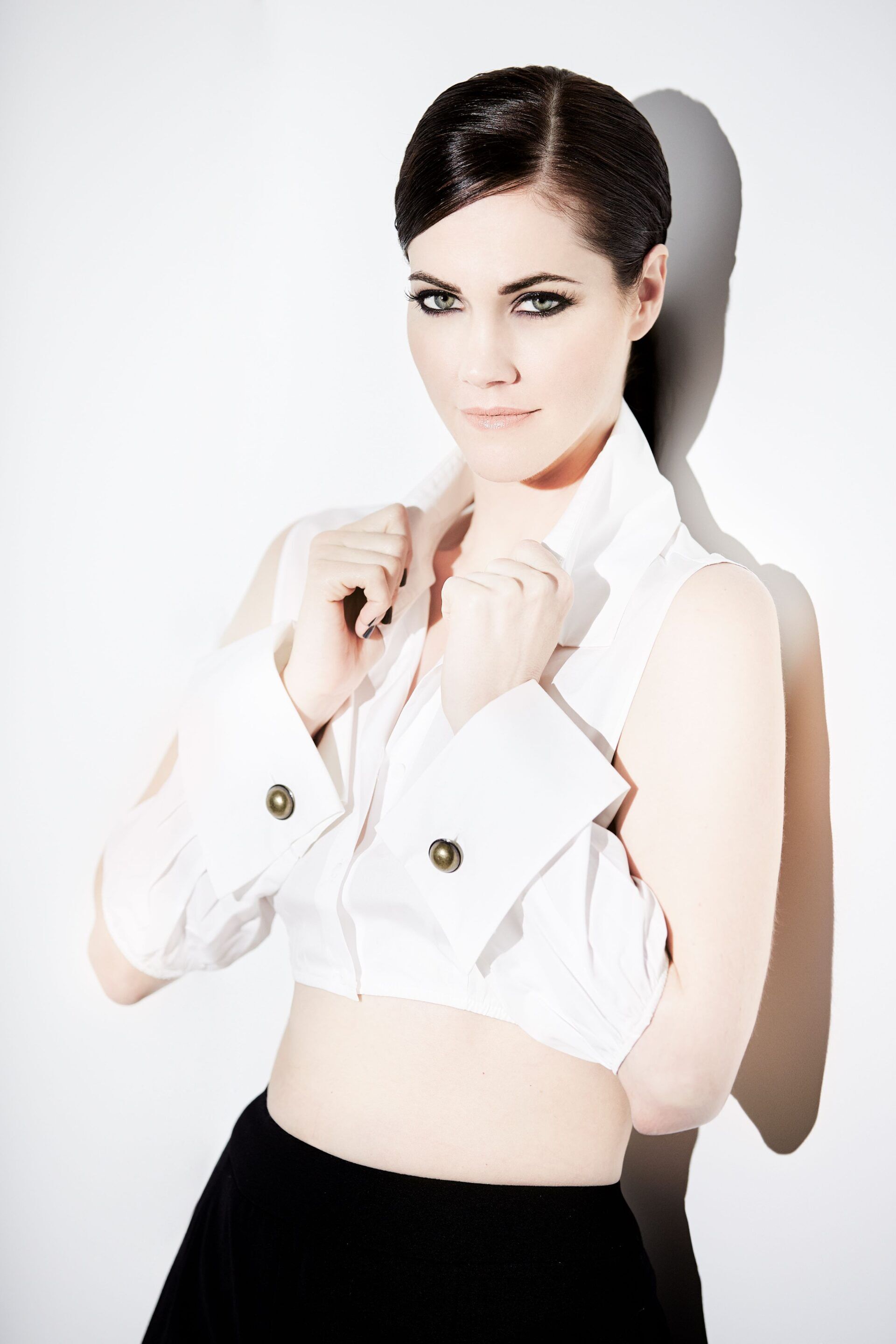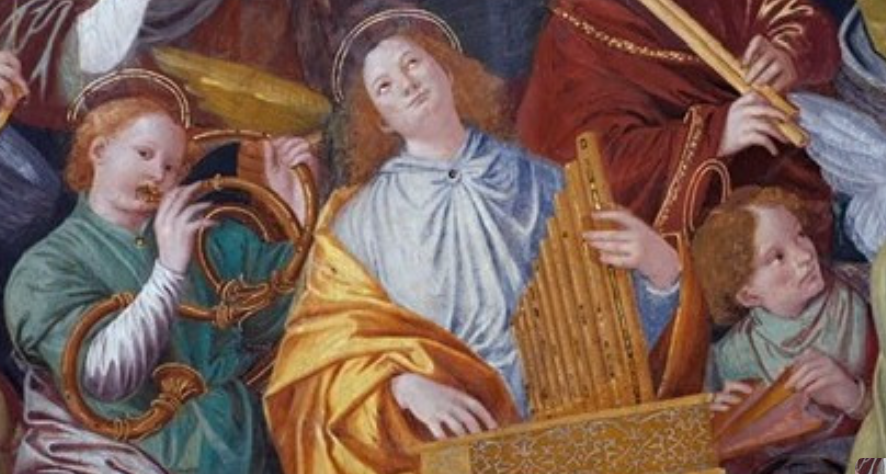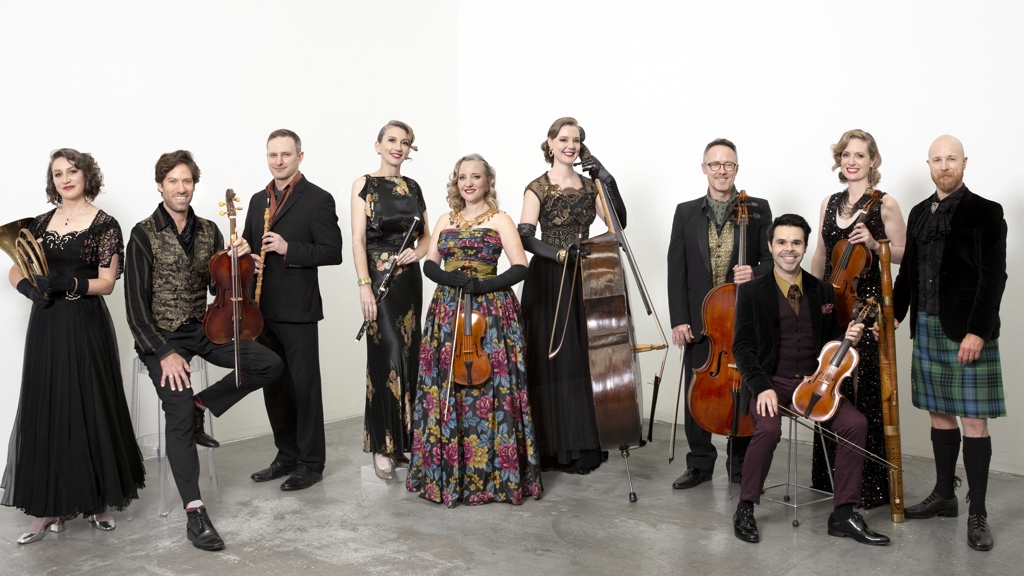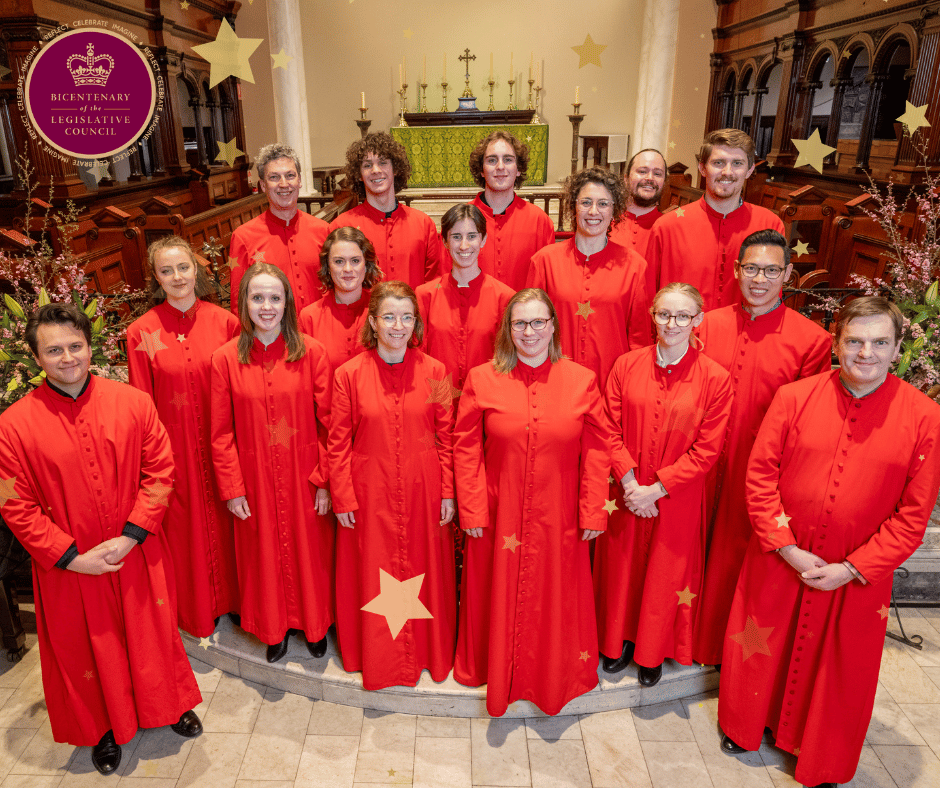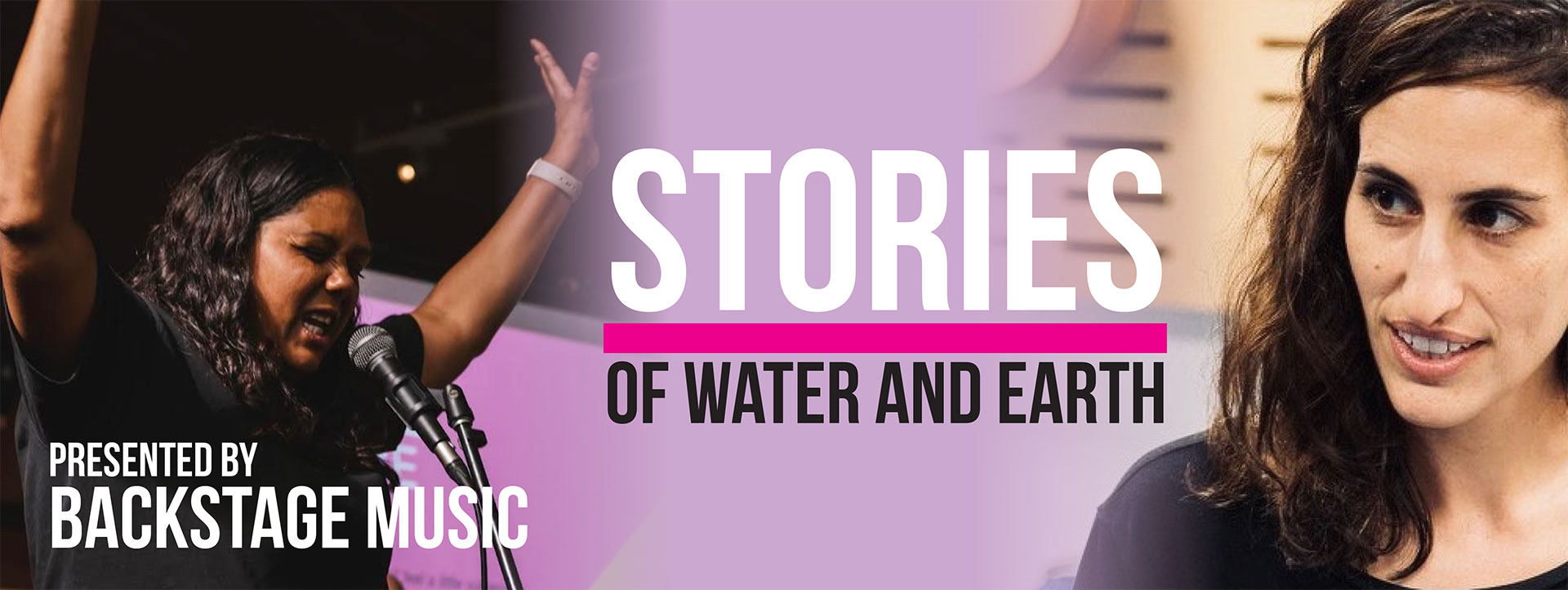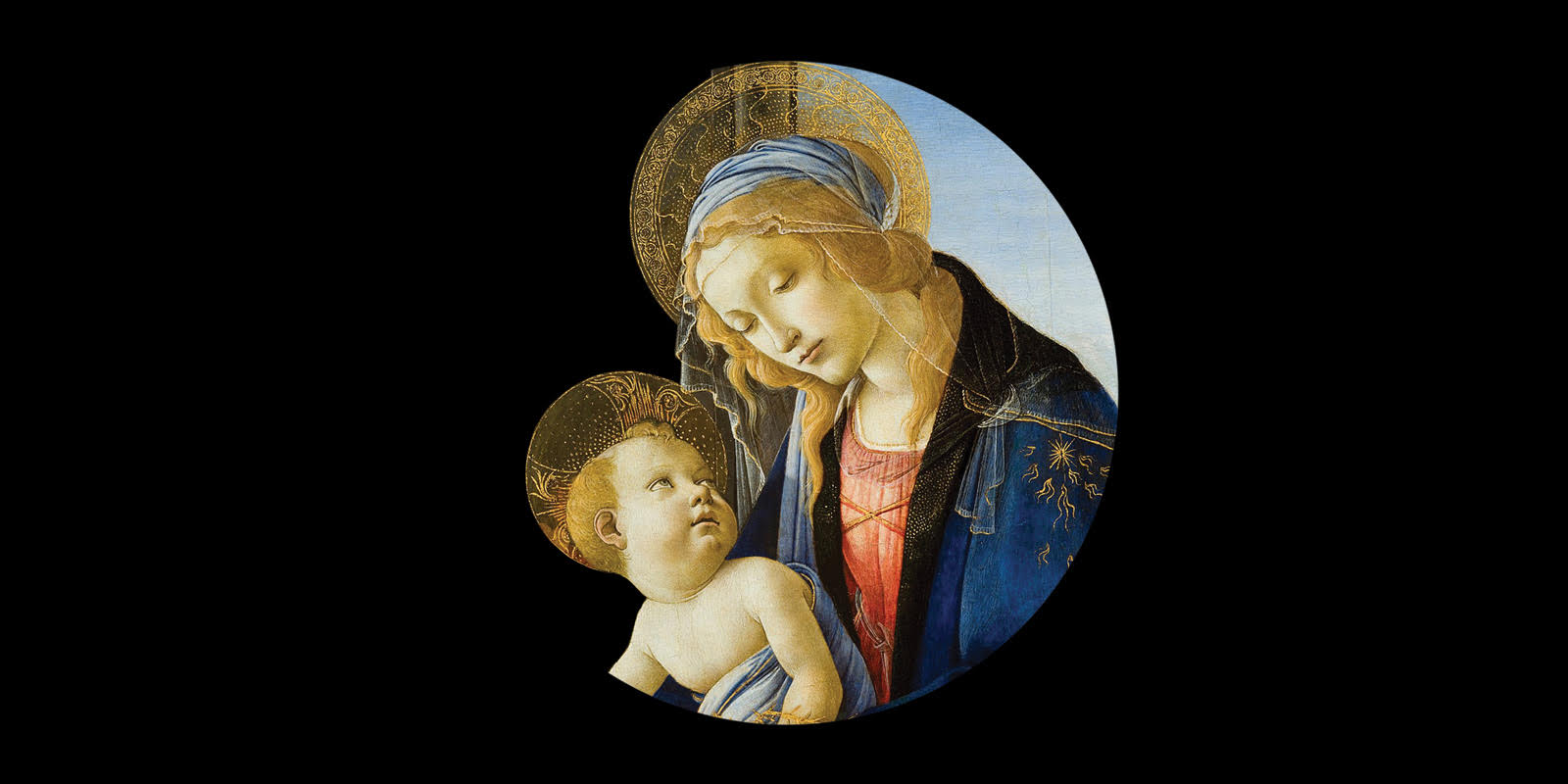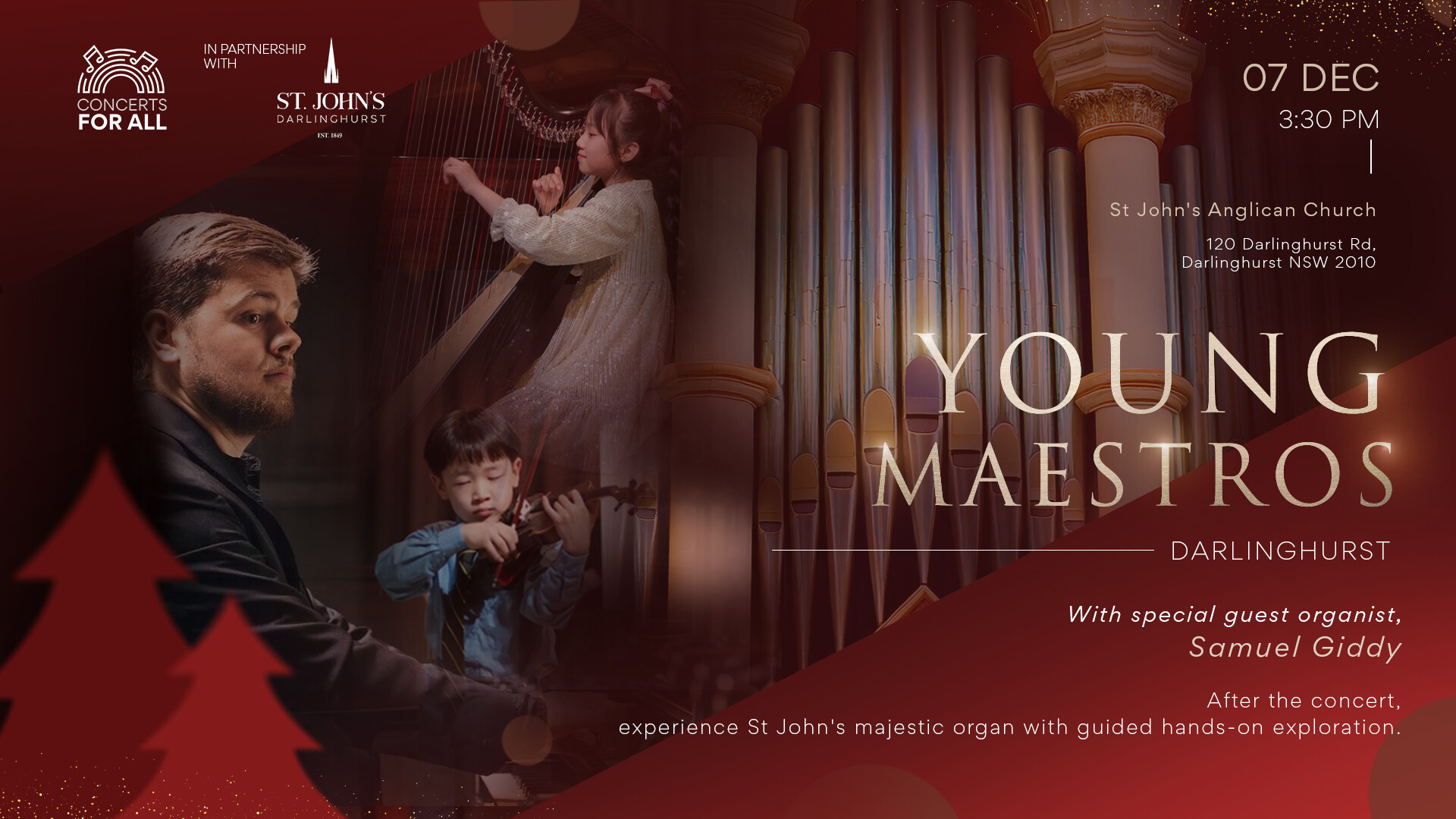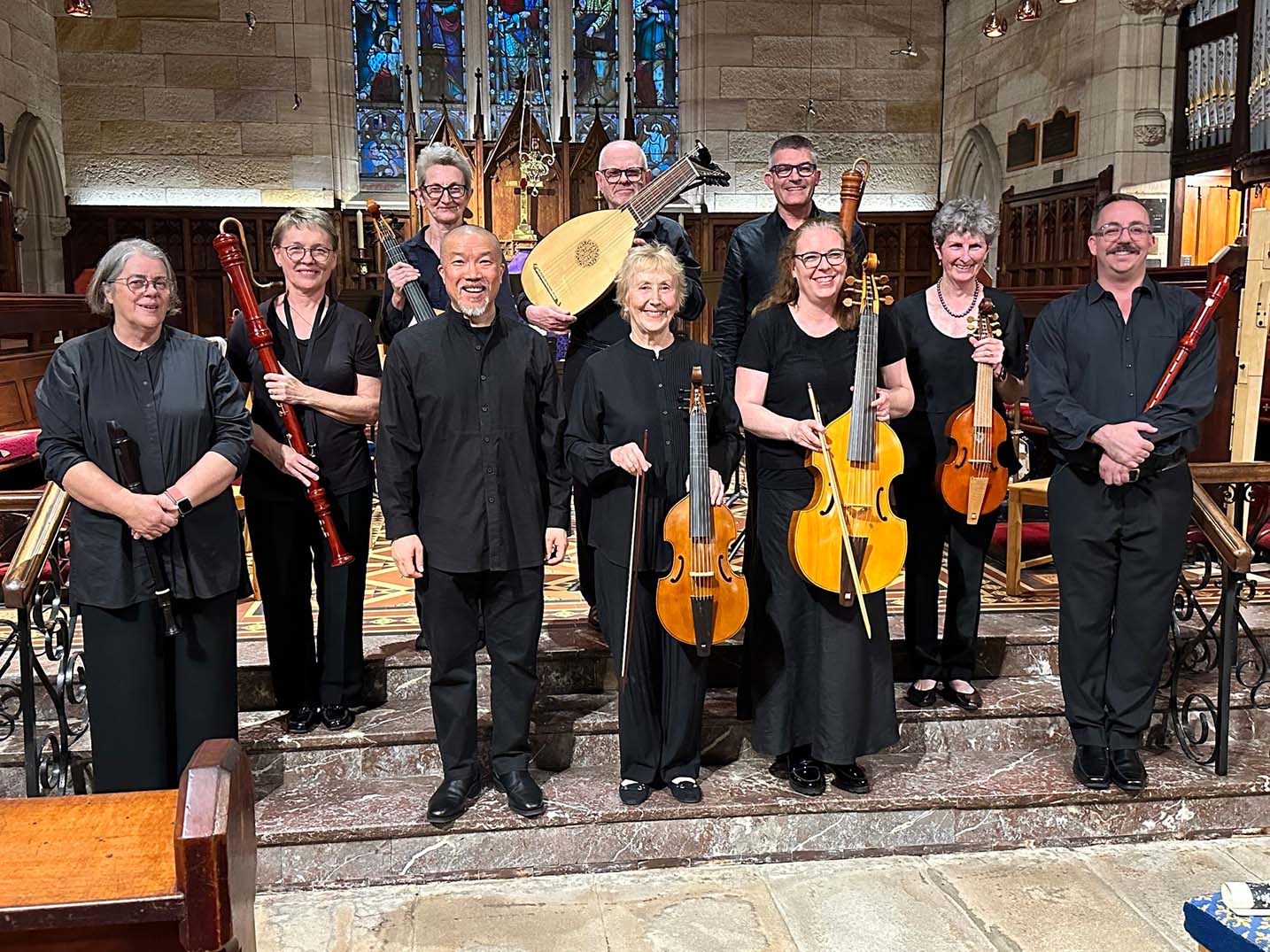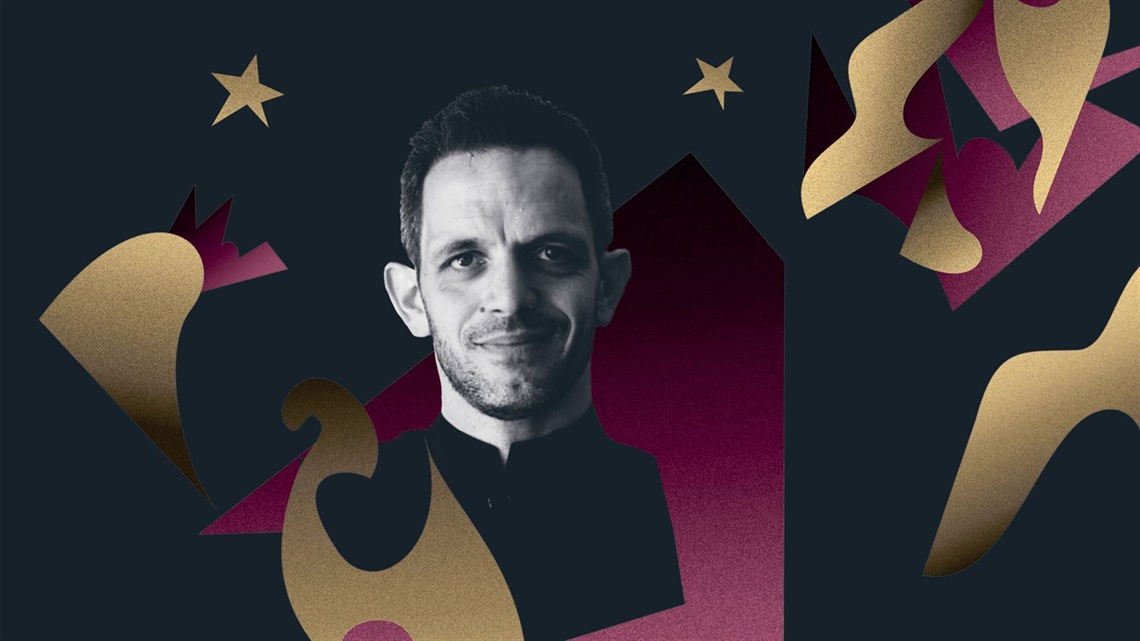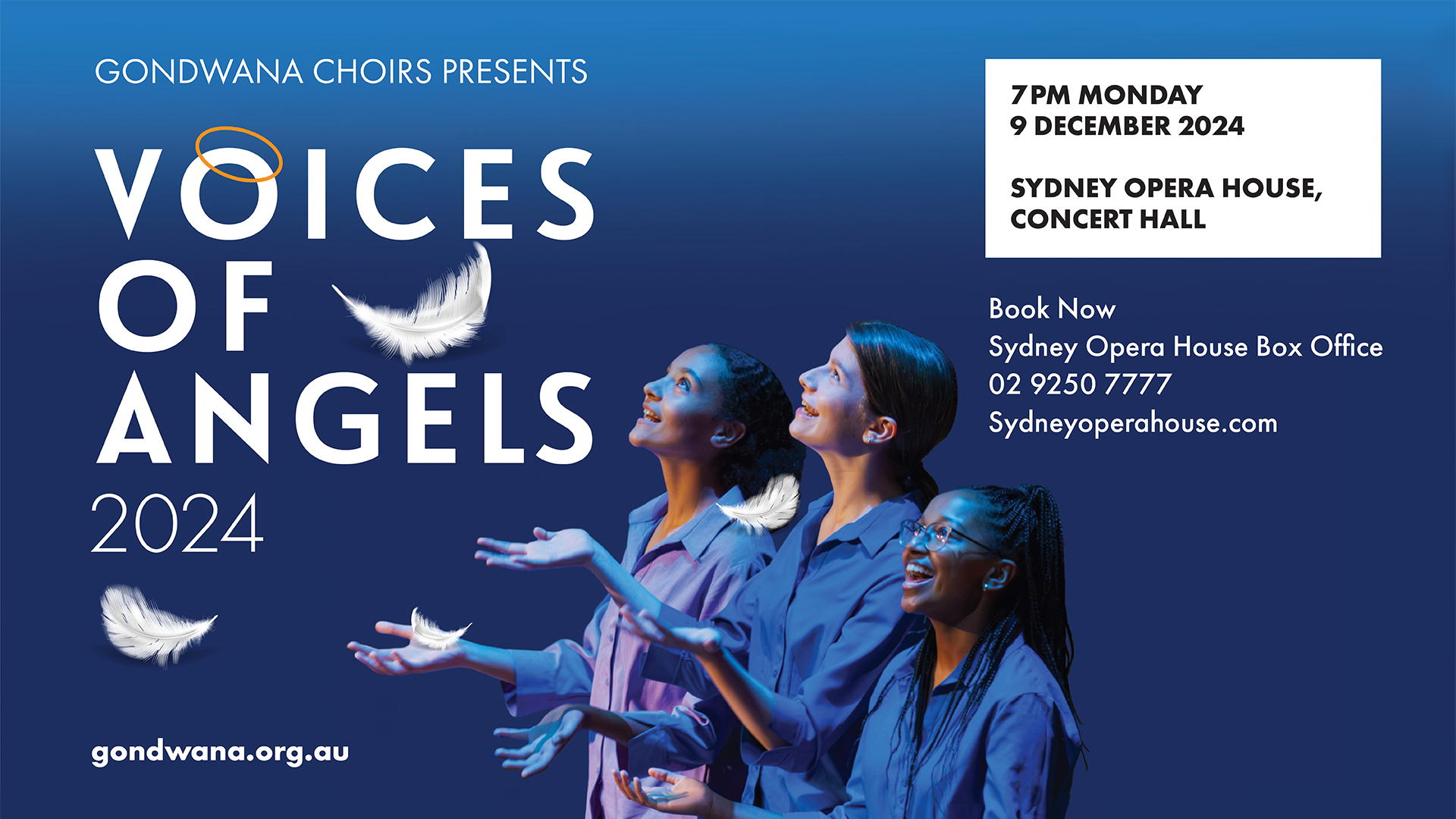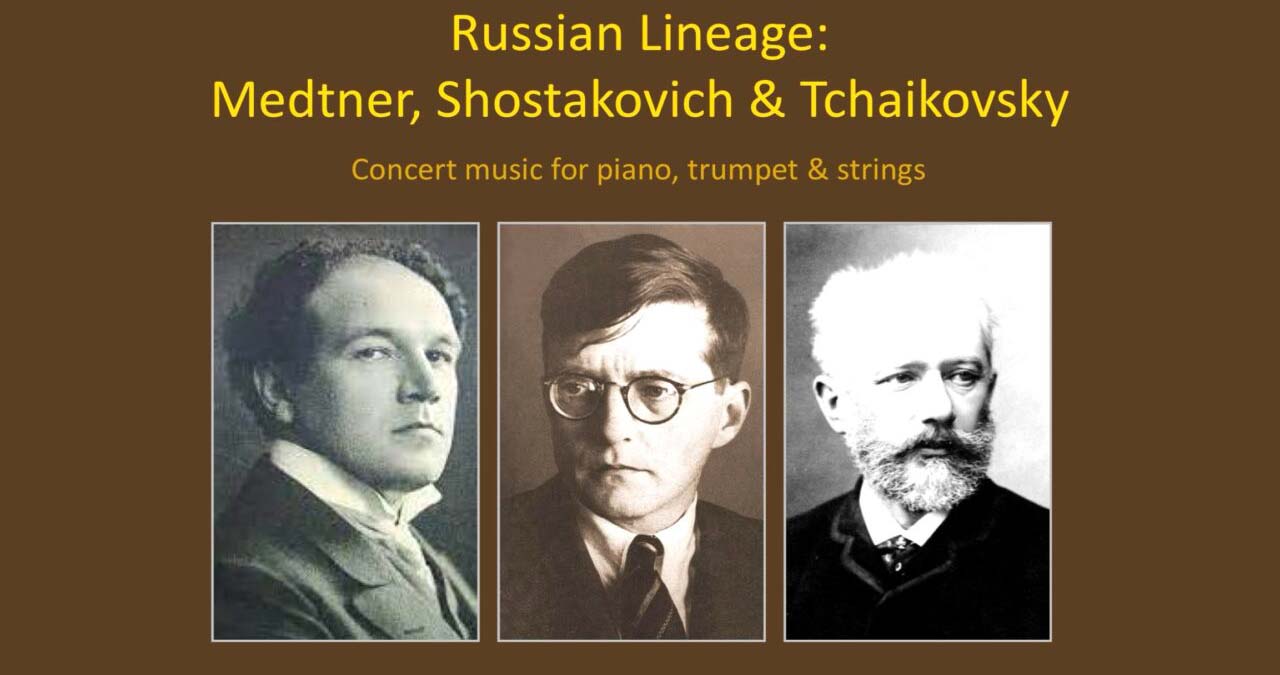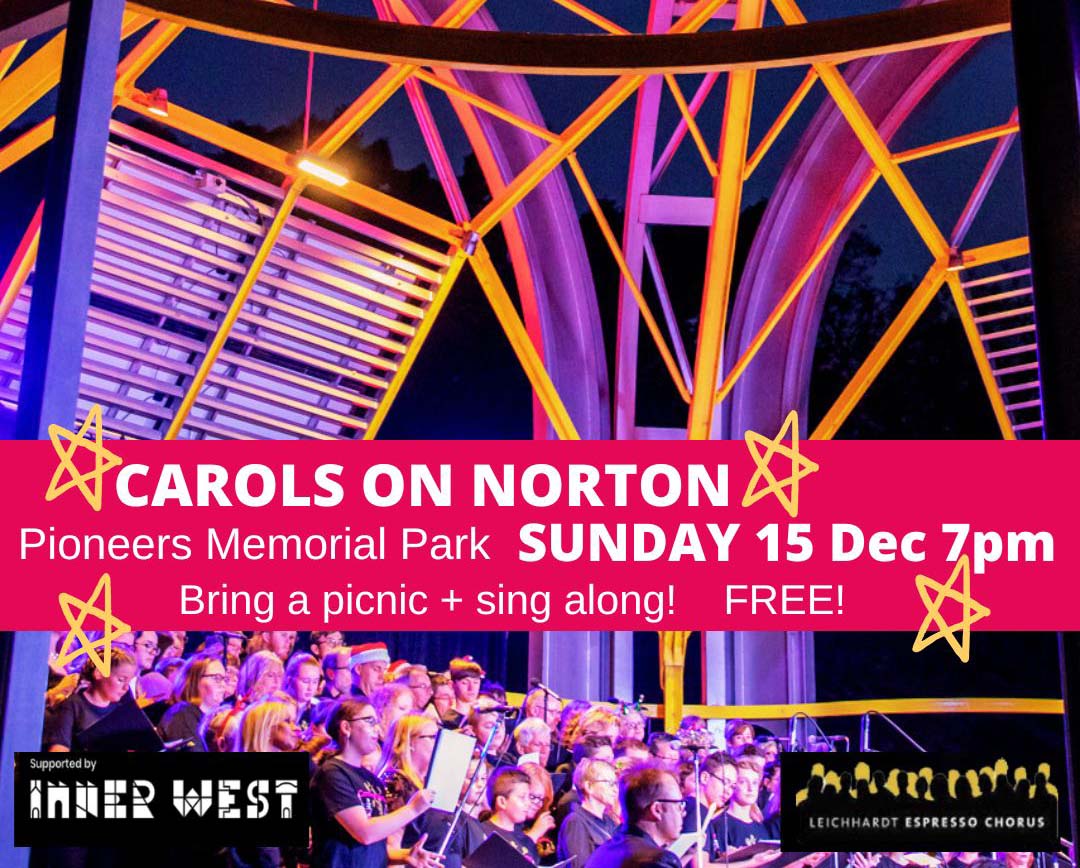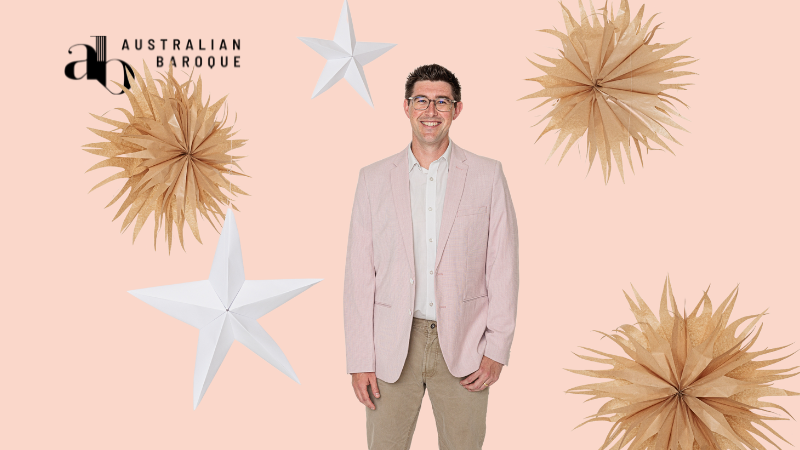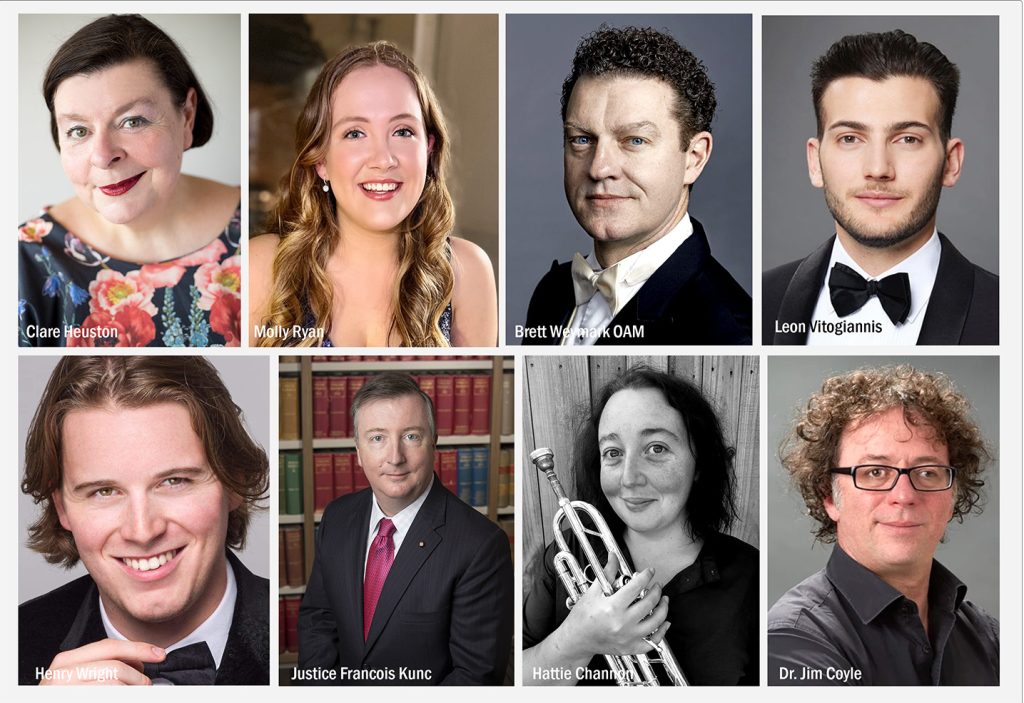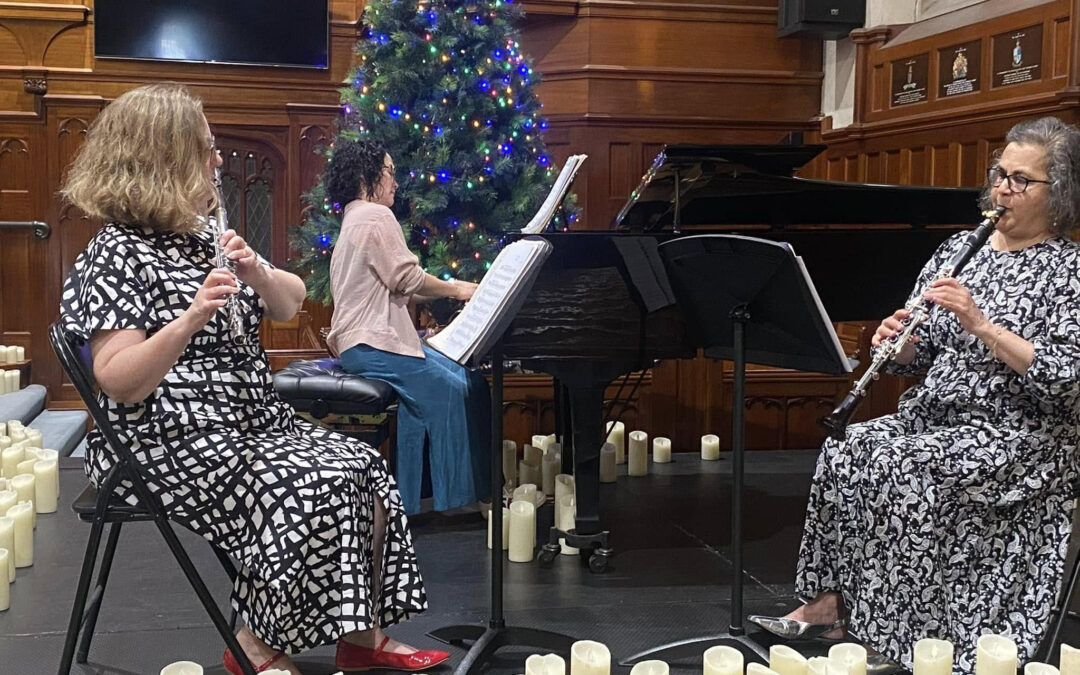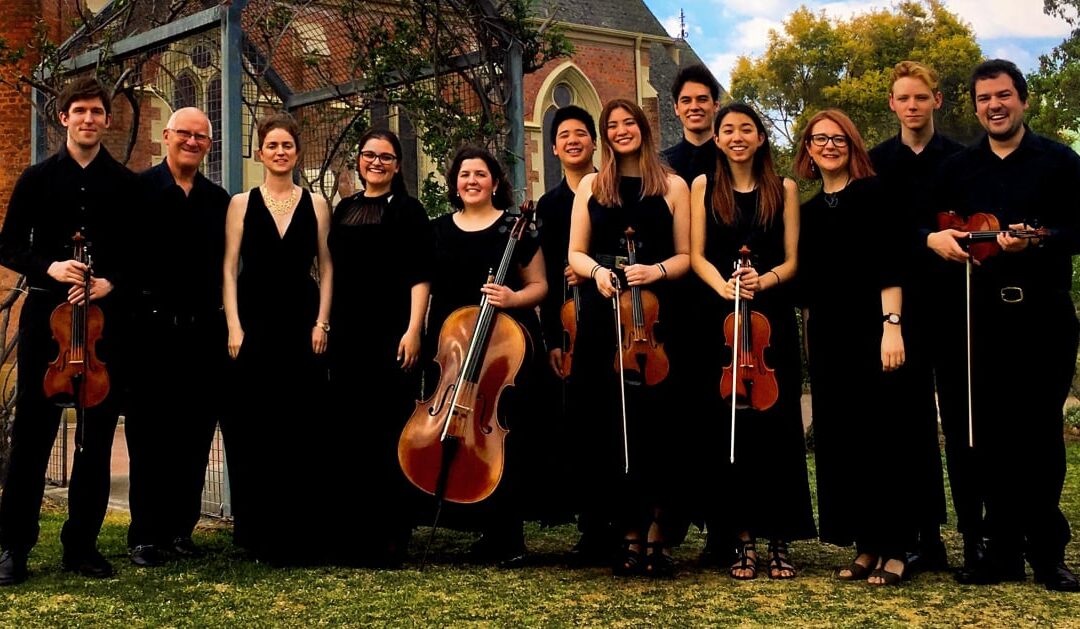Weihnachtsfreude
Wednesday 16th December 2020
Introduced by Chris Howlett from the Melbourne Digital Concert Hall, the Bach Akademie Australia offered a wonderfully spirited performance of Christmas Joy in celebration of the impending season. A small ensemble of experts familiar on the Australian early music scene presented a motet, concerto, cantata, and oratorio arias by Johann Sebastian Bach. A curved wall of rough-hewn sandstone in the high ceilinged Cell Block Theatre at Sydney’s National Art School (presenting partner for tonight’s concert) provided an impressive historic performance space.
Fugal entries set as a fanfare figure in the motet Lobet den Herrn, alle Heiden (Praise the Lord, all ye nations) BWV 230 immediately created a jubilant atmosphere, benefiting from the optimal tempo set by the group’s director, Madeleine Easton. The unremittingly contrapuntal lines, and rise and fall on the words preiset ihn (praise Him), perfectly imparted the sense of a multitude in fervent worship – this effect excellently accomplished with the modest forces of four vocalists who gave exemplary delivery – Susannah Lawergren (soprano), Hannah Fraser (alto), Richard Butler (tenor) and Andrew O’Connor (baritone) – with the continuo line provided by Neal Peres da Costa (organ) and Daniel Yeadon (violoncello). A lovely tenderness was brought to the contrasting homophonic section with its slow melismas expressing sentiments of Gnade und Wahrheit (grace and truth), and protracted notes for the word Ewigkeit (eternity). Finally, there was a return to polychoral parts for an exultant Alleluja.
The stage was then set to accommodate arias from the pastoral Cantata for the Second Day of Christmas from Bach’s festive Weihnachtsoratorium. Shepherds guarding their flocks are urged to hurry to see the joyful birth of Christ in the tenor aria Frohe Hirten, eilt, ach eilet, with baroque flute obbligato enchantingly played by Mikaela Oberg, and the continuo section augmented to include Nathan Cox on organ, with Neal Peres da Costa moving over to harpsichord.
Little descending figures and echoing phrases between voice and flute were beautifully gentle, and Richard Butler’s warm-toned, expressive voice displayed wonderful agility in the syncopated and melismatic writing to impart a sense of haste and delight.
Hannah Fraser was the alto soloist for the lullaby Schlafe, mein Liebster, genieße der Ruh (Sleep, my beloved, enjoy Your rest), which made use of the tutti string ensemble – Madeleine Easton, Matthew Greco and Rafael Font (violins), Nicole Forsythe (viola), and Kirsty McCahon (violone). The rocking bass and Hannah’s fluid, silky voice with flute doubling an octave higher lent an ideal serenity to this aria (with a little melismatic animation to express rejoicing), although the beautiful pastoral intent ordinarily provided by attendant oboes d’amore and oboes da caccia was sorely missed.
Next was the non-seasonal yet joyous Brandenburg Concerto no. 5 BWV 1050, essentially a concerto grosso involving the unique alliance of flute, violin and harpsichord as concertino group of soloists. The ripieno strings provided healthy support, contrasting nicely with solo episodes of imitative melodic fragments. The harpsichord was heard beginning to assert itself, before culminating in the famous cadenza which lasts for nearly four minutes, before tutti strings quickly round off the movement. Soloist Neal Peres Da Costa skilfully negotiated several tricky sequences of figurations and patterns, some crazy arpeggiations, trills, and unexpected tonalities. Very black ink indicating the density of Bach’s keyboard writing could be seen in a camera shot of the score.
Three hundred years after its composition, one is still awe struck at Bach’s creative daring!
The trio of flute, violin and harpsichord engaged conversationally and endearingly to convey the affettuoso expression of the second movement, while the final Allegro returned to a lively character, with the harpsichord retaining its conspicuous presence.
Providing the evening’s final item, Bach’s Cantata Ich freue mich in dir (I delight in you) BWV 133, concerns itself with enraptured feelings engendered by Christ’s birth. Composed in 1724 for the Third Day of Christmas, the opening Sinfonia with lines of the chorale periodically inserted, was invigorating despite the absent sonority and buoyancy of oboes d’amore. The bright, lively feel continued in the alto aria Getrost! (Be comforted!) with the two sprightly oboe d’amore obbligato parts undertaken by violins. The bass line was agreeably animated, and Hannah Fraser’s voice deliciously mellifluous. The final aria Wie lieblich klingt es in den Ohren (How beautifully it rings in my ears) is a substantial one for soprano (framed by sincerely sung recitatives for tenor and baritone respectively). Susannah Lawergren sang with great luminosity, perfect for the high, bright aspect of the music which consisted of a recurring melodic shape. There was a keenness to the slower central section where soprano voice and first violin flourished to sparse string accompaniment, without any bass. The final chorale voiced a contented trust in Jesus.
This committed performance of Bach’s joyful music, and especially the Melbourne Digital Concert Hall’s exceptional series of streamed concerts have uplifted spirits in a year which would otherwise have been largely divested of all-important cultural stimulation. The MDCH already have 300 concerts lined up for 2021, supporting 500 artists. See their website for the program.
Thank you all, and Happy Christmas!

